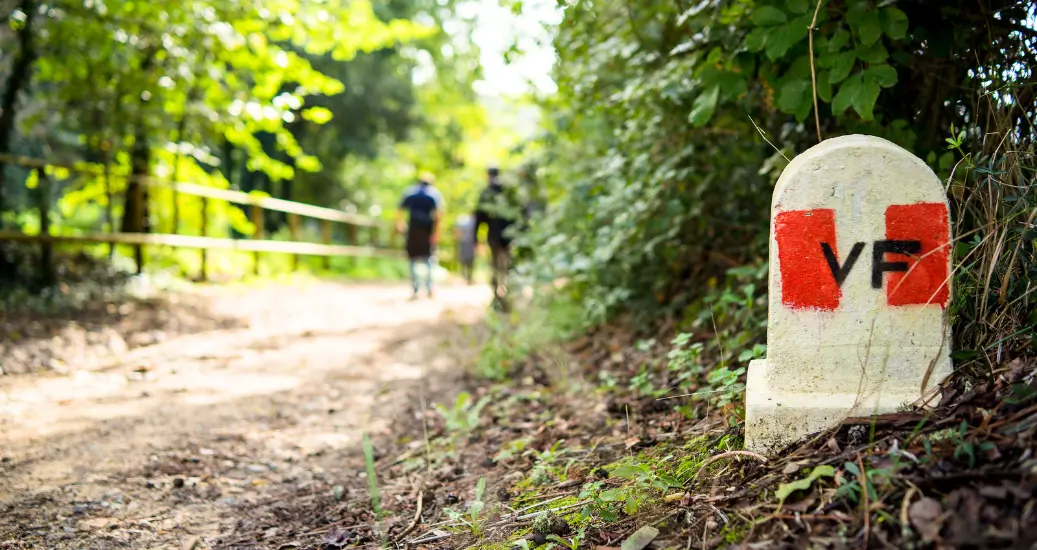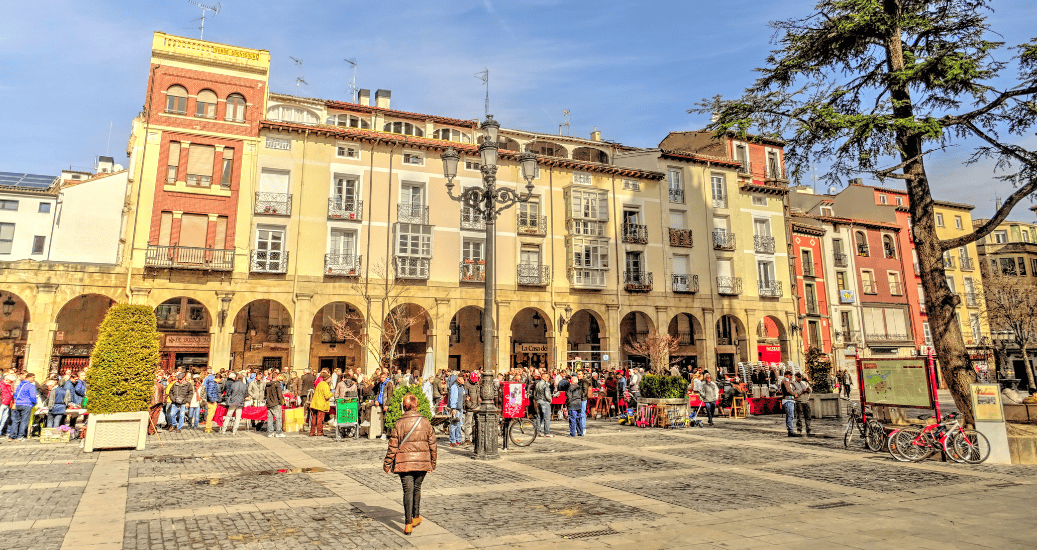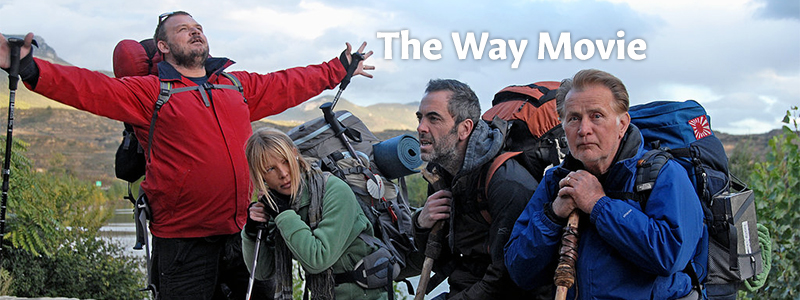Your Essential Guide to Walking the Historic Pilgrimage Route from Canterbury to Rome
1. What is the Via Francigena?
The Via Francigena is a historic pilgrimage trail that stretches over 2,000 kilometers, connecting Canterbury in England to Rome in Italy. It was first recorded in 990 AD by Sigeric the Serious, the Archbishop of Canterbury, as he journeyed to Rome to receive his ecclesiastical vestments from the Pope.
Is the Via Francigena a religious pilgrimage?
Yes, traditionally it’s a Christian pilgrimage, but today people walk it for spiritual, cultural, historical, and adventure travel reasons.
Which countries does the Via Francigena pass through?
It passes through England, France, Switzerland, and Italy.
2. How long does it take to walk the Via Francigena?
Walking the full route from Canterbury to Rome takes around 90 to 100 days, averaging 20–25 km per day.
How many stages does the Via Francigena have?
The route is typically divided into 16 stages, each consisting of multiple daily walks. Depending on time and interest, travelers can choose to walk the entire route or specific stages.
What’s the most popular section?
Many pilgrims walk the last 100 km from Viterbo to Rome, which qualifies for the official certificate
3. What is the best section of the Via Francigena to walk?
The most scenic and popular section is through Tuscany, especially from Lucca to Siena and on to Rome. This part includes rolling hills, vineyards, medieval towns, and cultural highlights.
What are the other recommended sections?
- Canterbury to Arras (England to Northern France) for history buffs
- Siena to Rome for iconic Italian countryside and heritage towns
4. What is the best time of year to walk the Via Francigena?
The ideal months are April to June and September to early October, when the weather is pleasant and the trails are not overcrowded.
Can I walk in summer or winter?
- Summer (July–August) can be very hot, especially in Italy.
- Winter walking is not recommended in alpine sections (like Switzerland), but Southern Italy is walkable year-round.
5. Do I need a pilgrim passport for the Via Francigena?
Yes. The pilgrim passport (or credenziale) is a document that you get stamped at churches, hostels, and other stops along the way.
Why is it important?
- It allows access to pilgrim accommodation
- It’s required to receive the Testimonium certificate in Rome
- It makes for a memorable souvenir of your journey
Where can I get it?
Follow the Camino provides pilgrim passports if you purchase any section of the Via Francigena!
6. Is the Via Francigena well signposted?
Yes, particularly in Italy, where the signage is generally clear and well-maintained.
What kind of signs should I look for?
- Red and white trail markers (CAI) in Italy
- Yellow arrows or Via Francigena logos on signposts or walls
- Trail name signs or stickers with a pilgrim symbol
Should I still use maps or apps?
Yes, we provide walking notes for every walking day along the Via Francigena. Furthermore, our Follow the Camino app provides detailed GPS tracking for your walk!
7. How difficult is the Via Francigena?
The route ranges from easy to challenging, depending on the terrain and region.
Which parts are the hardest?
- The Great St. Bernard Pass (Switzerland to Italy) involves steep alpine climbing.
- Parts of northern Italy can be long and exposed in summer heat.
Which sections are easier?
- Canterbury to Reims (flat and gentle terrain)
- Southern Tuscany has moderate hills and great infrastructure
Do I need to be very fit?
A moderate level of fitness is recommended. With training and proper planning, most people can walk at least a section comfortably.
8. Can you cycle the Via Francigena?
Yes, there is an official cycling route for the Via Francigena.
What kind of bike do I need?
A gravel bike or hybrid bike is ideal for the mixed terrain. Mountain bikes can also be used for more rugged sections.
Are there detours for cyclists?
Yes, cyclists are often routed around steep climbs or off-road paths that are not suitable for bikes.
9. Is accommodation easy to find on the Via Francigena?
Yes. There are various accommodation types available along the route.
What kinds of places can I stay in?
- Pilgrim hostels (donativos)
- B&Bs and guesthouses
- Hotels and agriturismos (farm stays)
Do I need to book in advance?
It depends. In peak season (May–September) or smaller towns, booking in advance is recommended. Off-season travelers have more flexibility.
Are there options for guided or self-guided tours?
Yes, you can choose between our self-guided tours or guided tours with accommodation, luggage transfer, and route support included.
10. How do I start planning my Via Francigena trip?
The easiest way to start planning your Via Francigena adventure is by speaking with one of our Camino experts. At Follow the Camino, we’ll help you choose the stage that suits your interests, timeframe, and fitness level—and take care of all the details for you.
What services do you offer?
When you book with us, you’ll get a fully personalized experience, including:
✅ Hand-picked accommodation
✅ Daily luggage transfers
✅ Breakfasts and dinners (optional)
✅ Walking notes, maps, and route info
✅ Access to our 24/7 emergency helpline
✅ Friendly support from Camino specialists
Can I speak to someone before booking?
Yes! You can book a free virtual appointment with one of our team members. We’ll walk you through the stages, answer your questions, and help you plan the perfect trip.
👉 Set up your free planning call
👉 Browse our Via Francigena tours








No Comments
You made some decent points there. I did a search on the subject and found most persons will approve with your site.